Regular reflection takes place from ____ surfaces. (rough/smooth)
To solve the question "Regular reflection takes place from ____ surfaces. (rough/smooth)", we can follow these steps:
Step 1: Understand the concept of reflection
Reflection is the bouncing back of light rays when they strike a surface. There are two types of reflection: regular (or specular) reflection and irregular (or diffuse) reflection.
Hint: Think about how light behaves when it hits different types of surfaces.
Step 2: Identify the types of surfaces
- Rough surfaces: These surfaces have irregularities and uneven textures. When light rays hit a rough surface, they scatter in different directions. This results in irregular reflection.
- Smooth surfaces: These surfaces are flat and have a uniform texture. When light rays hit a smooth surface, they reflect at the same angle, maintaining parallelism. This leads to regular reflection.
Hint: Consider how a mirror (smooth surface) reflects light compared to a wall (rough surface).
Step 3: Relate the types of reflection to the surfaces
Regular reflection occurs when the incident rays (incoming rays) are parallel and the reflected rays (outgoing rays) remain parallel. This is characteristic of smooth surfaces. In contrast, with rough surfaces, the reflected rays do not remain parallel.
Hint: Visualize how light reflects off a mirror versus how it reflects off a piece of paper.
Step 4: Conclude the answer
From the above understanding, we can conclude that regular reflection takes place from smooth surfaces.
Final Answer: Regular reflection takes place from smooth surfaces.
Reflection is the bouncing back of light rays when they strike a surface. There are two types of reflection: regular (or specular) reflection and irregular (or diffuse) reflection.
- Rough surfaces: These surfaces have irregularities and uneven textures. When light rays hit a rough surface, they scatter in different directions. This results in irregular reflection.
- Smooth surfaces: These surfaces are flat and have a uniform texture. When light rays hit a smooth surface, they reflect at the same angle, maintaining parallelism. This leads to regular reflection.
Regular reflection occurs when the incident rays (incoming rays) are parallel and the reflected rays (outgoing rays) remain parallel. This is characteristic of smooth surfaces. In contrast, with rough surfaces, the reflected rays do not remain parallel.
From the above understanding, we can conclude that regular reflection takes place from smooth surfaces.
Topper's Solved these Questions
- LIGHT ENERGYBOOK - ICSECHAPTER - LIGHT ENERGYEXERCISE - THEME ASSIGNMENT B. Write .true.of .false. for the following statements :
3 Videos
- LIGHT ENERGYBOOK - ICSECHAPTER - LIGHT ENERGYEXERCISE - THEME ASSIGNMENT C. Tick the most appropriate answer.
3 Videos
- LIGHT ENERGYBOOK - ICSECHAPTER - LIGHT ENERGYEXERCISE - EXERCISE-5.4 (STUDY QUESTIONS)
5 Videos
- HEAT TRANSFER BOOK - ICSECHAPTER - HEAT TRANSFER EXERCISE - Picture Study
2 Videos
- MATTER BOOK - ICSECHAPTER - MATTER EXERCISE - THEME ASSIGNMENT
25 Videos
Similar Questions
The diffused reflection takes place from :
View SolutionMaximum transpiration takes place from
View SolutionLight travelling through three transparent substances follows the path shown in the figure. Assuming that total internal reflection does take place on the bottom surface of medium 2, arrange the refractive index in the increasing order.
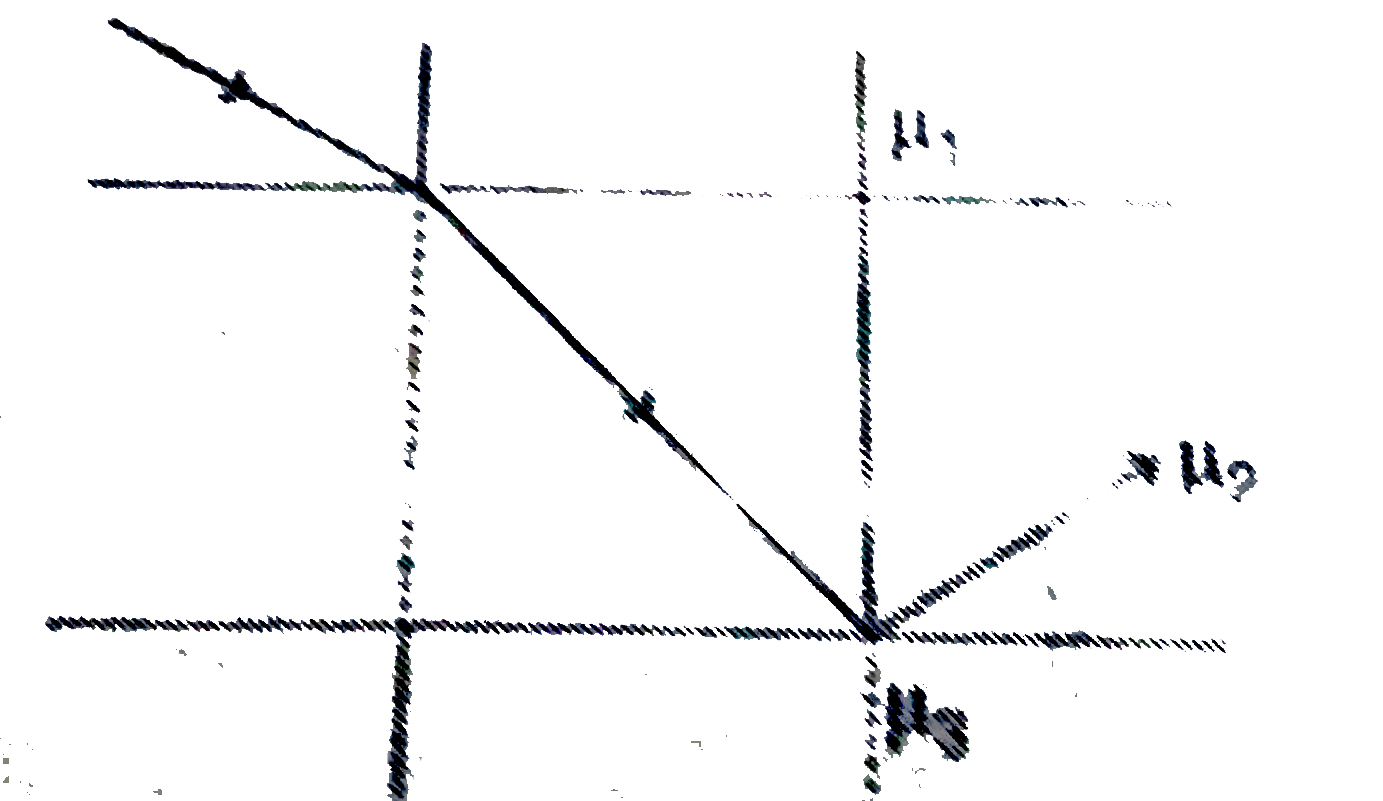
View Solutionshow that when reflection takes place from a boundary separating two media and the velocity in the second medium is infinitely large , the amplitude of the reflected wave is equal to the amplitude of the incident wave and there is a phase change of π in the displacement wave.
View SolutionA slab of refractive index μ is placed in air and light is incident at maximum angle θ0 from vertical. Find minimum value of μ for which total internal reflection takes place at the vertical surface.
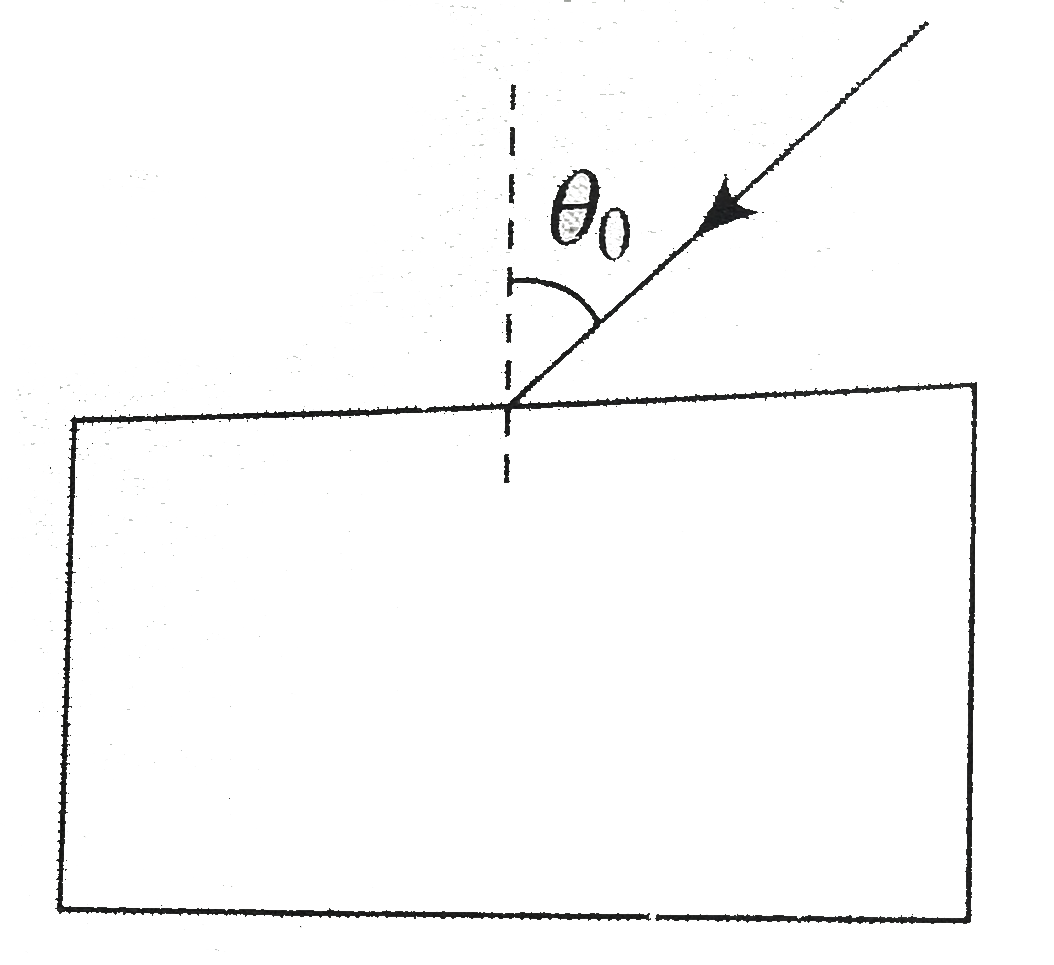
View SolutionTranslocation of food takes place from source to …………………..
View Solution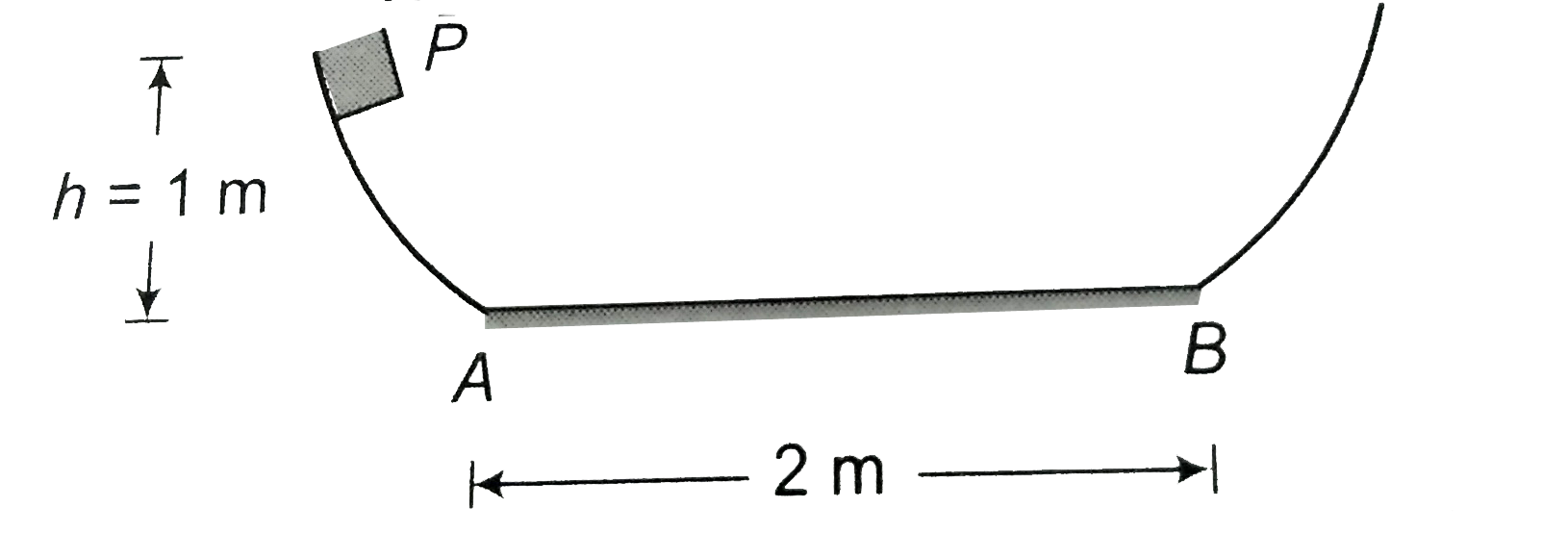
The curved portions are smooth and horizontal surface is rough. The block is released from P. At what distance from A it will stop?the friction coefficient for rough flat surface is 0.2.
View SolutionA cylinder executes pure rolling without slipping with a constant velocity on a plank, whose upper surface is rough enough, but lower surface is smooth. The plank is kept at rest on a smooth horizontal surface by the application of an external force F. The value of F is ?
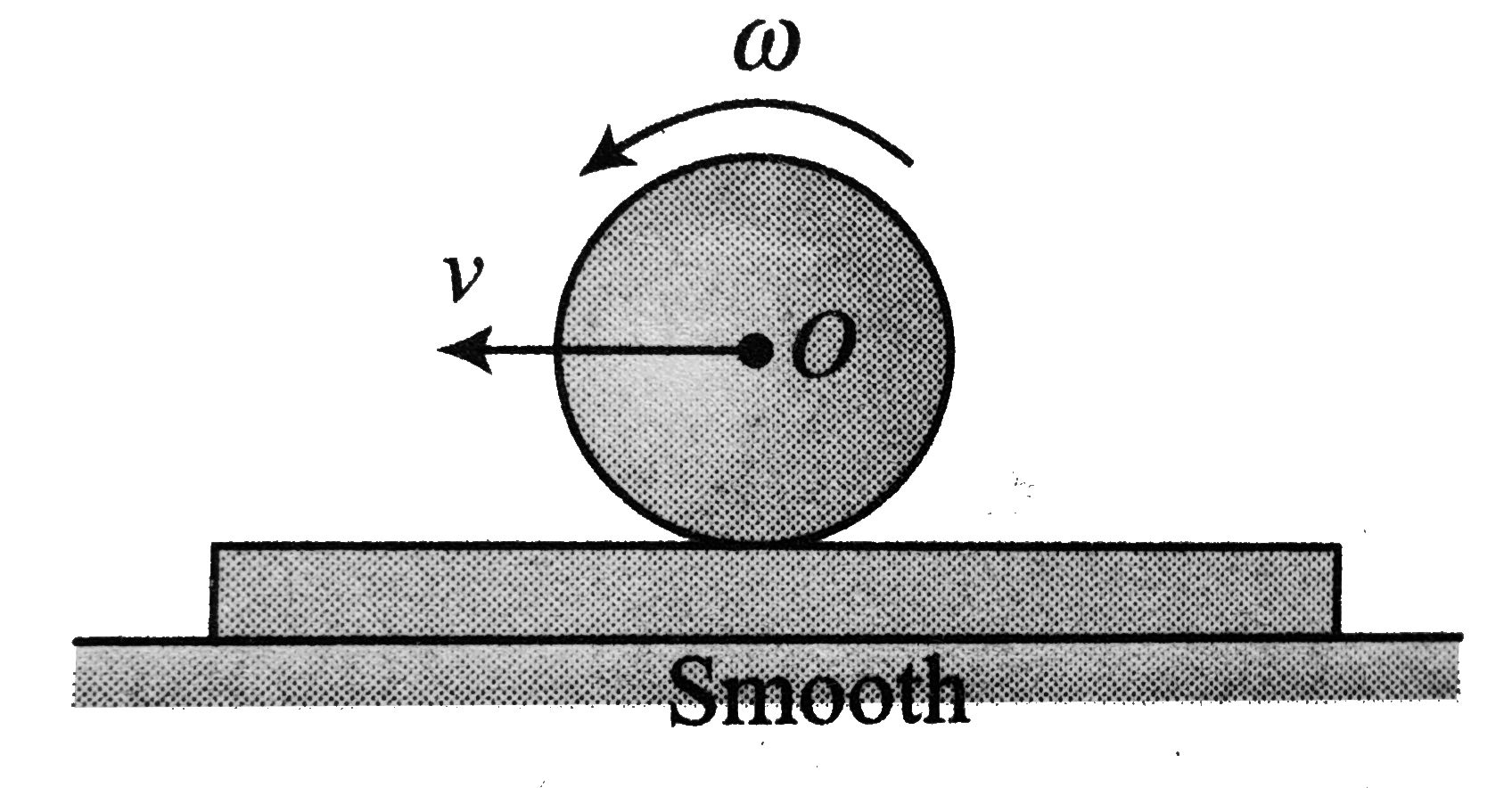
View SolutionTwo smooth wedges of equal mass m are placed as shown in figure. All surfaces are smooth. Find the velocities of A & B when A hits the ground.
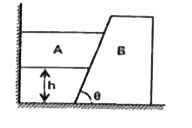
View SolutionA ball is given a velocity v and angular velocity such that the ball rolls purely on a plank whose upper surface is rough enough to prevent slipping but lower surface contact with the ground is smooth. No other force is acting on system.
View Solution
